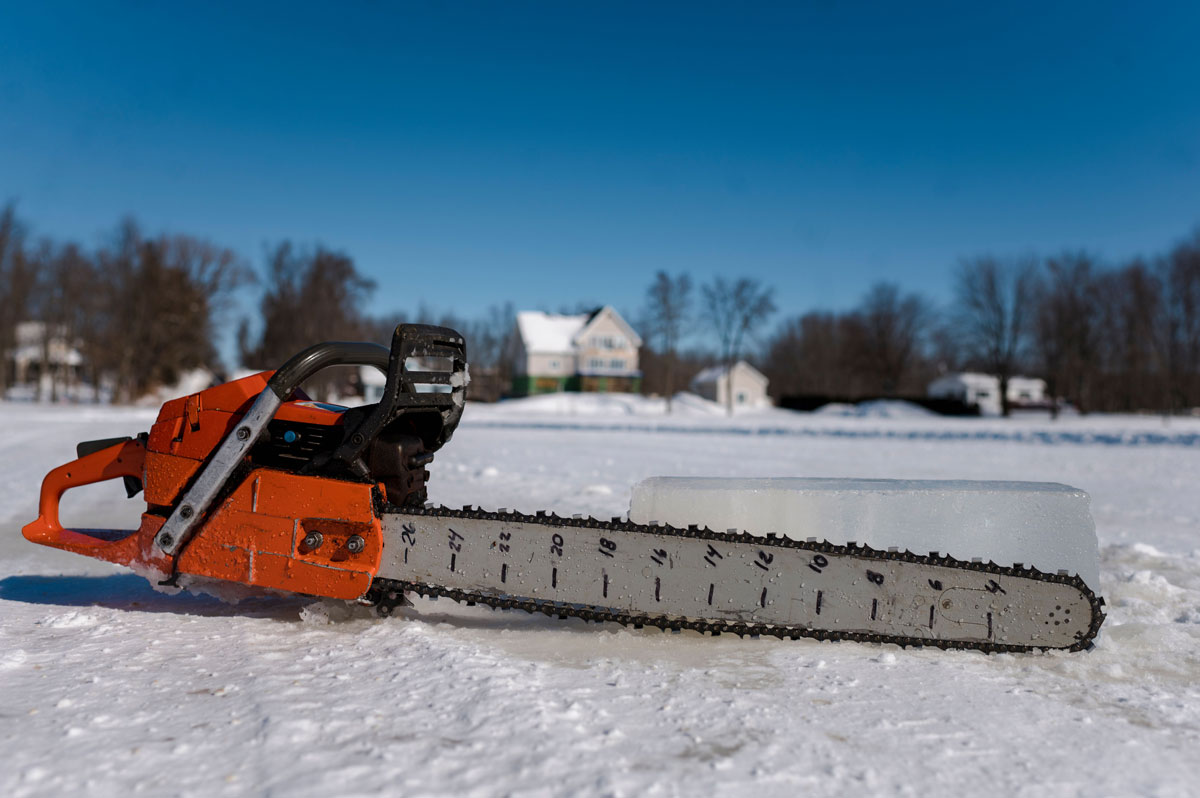
The chainsaw, a tool that evokes images of lumberjacks, construction workers, and even horror movie villains, has a surprisingly rich and unexpected history. Its journey from medical origins to its current status as an indispensable tool in various industries is a testament to human ingenuity and the power of technology to transform our world.
From Surgical Precision to Timber Industry Might
The chainsaw’s origins can be traced back to the late 18th century in Scotland, where two doctors, John Aitken and James Jeffray, envisioned a device that could revolutionize childbirth procedures. Their creation, a hand-powered chainsaw with a serrated chain, was intended to aid in symphysiotomy, a surgical procedure to widen the pelvic canal during childbirth. While the Aitken-Jeffray chainsaw marked an early step in medical innovation, its use was not without controversy, raising ethical concerns about the potential harm to mothers and infants.
Despite the ethical debate surrounding its medical applications, the chainsaw’s potential found a new home in the timber industry. In the early 20th century, inventors like James Shand, Andreas Stihl, and Emil Lerp began developing portable chainsaws powered by electricity and gasoline. These advancements transformed the logging industry, dramatically increasing efficiency and safety compared to traditional manual methods. The introduction of chainsaws into forestry marked a turning point, allowing for faster and more controlled tree felling and timber harvesting.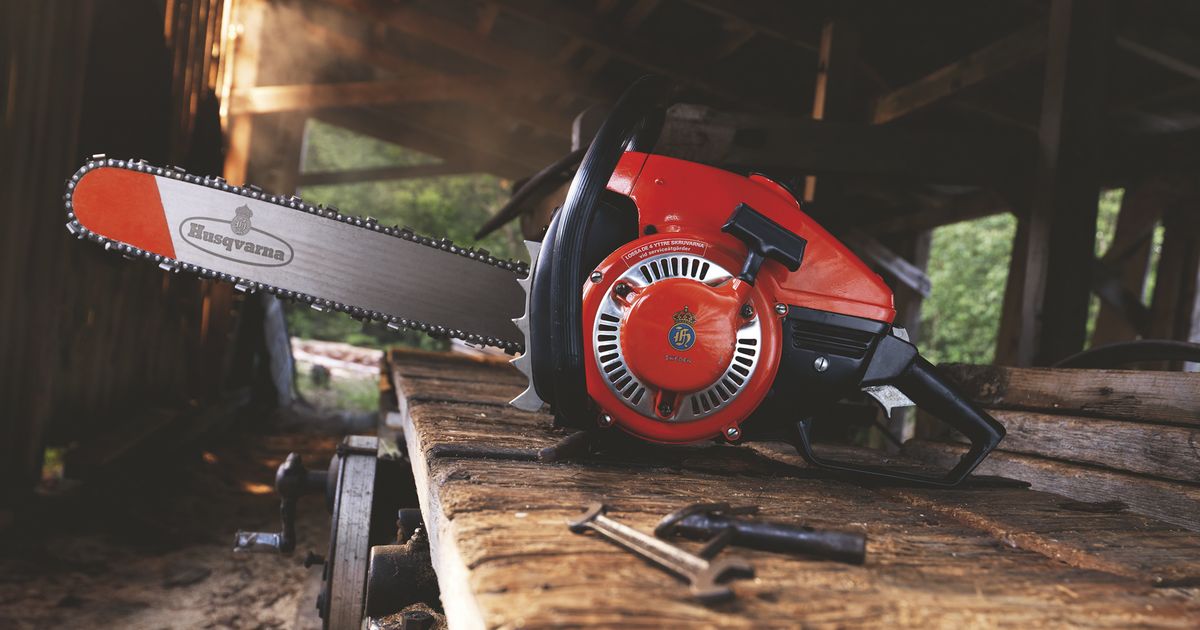
World War II, American Ingenuity, and Post-War Advancements
The outbreak of World War II disrupted the supply of German-made chainsaws to North America, creating an opportunity for American manufacturers to step in. Companies like McCulloch and Poulan emerged, further refining chainsaw technology and introducing gasoline-powered models that offered greater power and portability. These advancements propelled the chainsaw into widespread use, not only in forestry but also in construction, landscaping, and even rescue operations.
The post-war era saw continued advancements in chainsaw design and performance. Engineers focused on improving engine efficiency, reducing weight, and enhancing safety features. Chainsaws became more specialized, with models tailored for specific tasks like tree felling, limbing, and carving. The development of safety standards and regulations, along with the emphasis on proper training and protective gear, helped minimize accidents and promote safe chainsaw operation.
Environmental Considerations and Cultural Significance
The widespread use of chainsaws raised concerns about their environmental impact on forests and ecosystems. Sustainable forestry practices and the responsible use of chainsaws became crucial in balancing the tool’s benefits with environmental protection. The development of environmentally friendly chainsaw technologies, such as low-emission engines and noise reduction features, further addressed these concerns.
Beyond its practical applications, the chainsaw has also gained cultural significance. Its image of power, masculinity, and danger has been captured in popular culture, from horror movies like “The Texas Chain Saw Massacre” to video games like “Dead Rising.” The chainsaw has evolved from a medical tool to a cultural icon, symbolizing both the destructive potential and the transformative power of human innovation.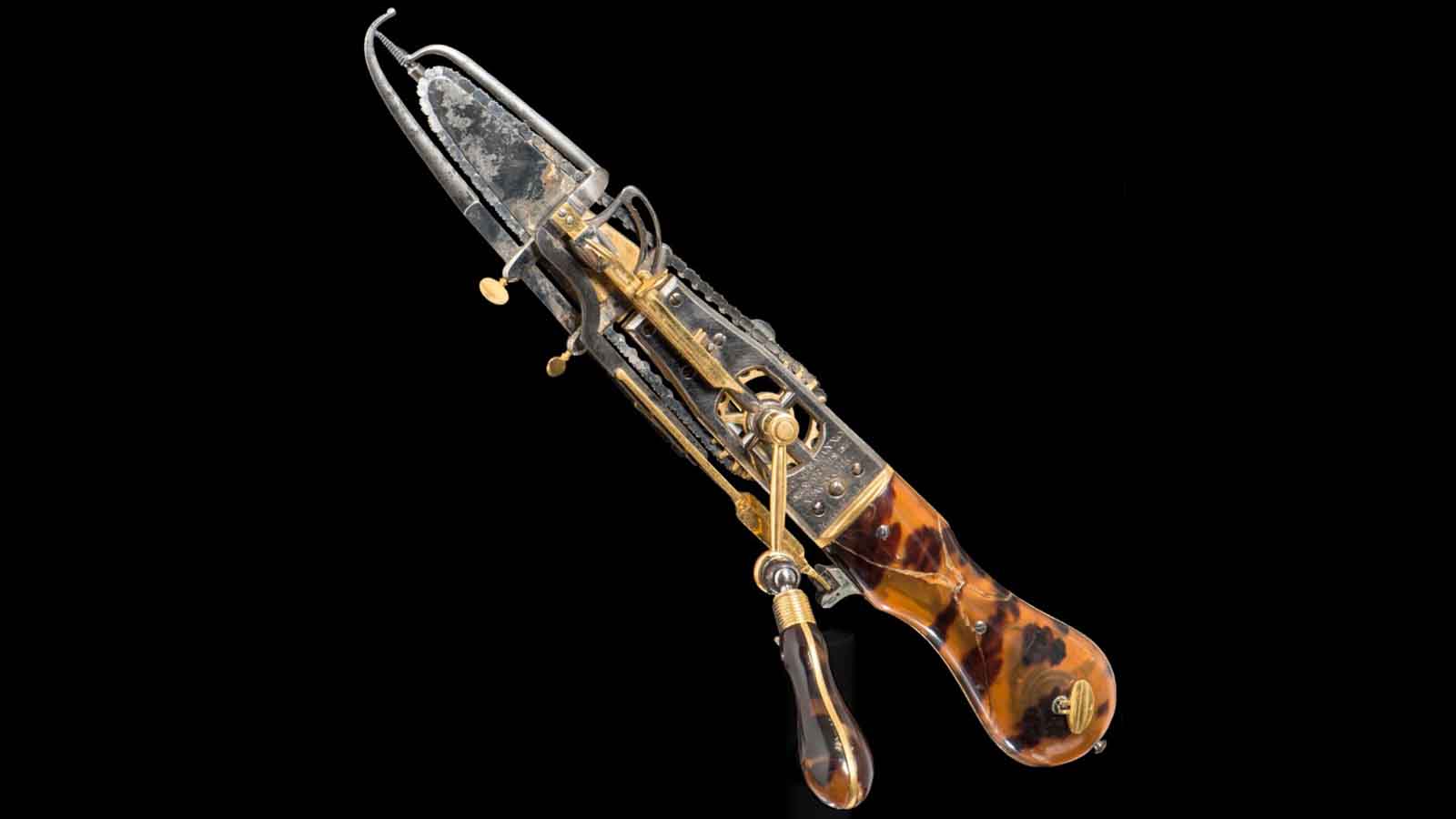
A Symbol of Transformation and Enduring Utility
The chainsaw’s journey from medical origins to modern-day applications is a remarkable tale of human ingenuity and the transformative power of technology. From its humble beginnings as a surgical tool to its current status as an indispensable industry staple, the chainsaw has revolutionized various fields and left an indelible mark on our world. As we look towards the future, it is likely that chainsaws will continue to evolve, adapting to new challenges and finding innovative applications, solidifying their place as a symbol of human progress and adaptability.
An Unexpected Beginning: The Chainsaw’s Medical Origins
The concept of a chainsaw for medical use might seem strange today. However, in the late 18th century, Scottish doctors John Aitken and James Jeffray envisioned a tool to improve childbirth outcomes. Their design, a hand-cranked chainsaw with a serrated blade, aimed to facilitate a procedure called symphysiotomy. This procedure involved widening the birth canal by severing the pubic symphysis, the joint connecting the pelvic bones. While the Aitken-Jeffray chainsaw represented an innovative attempt to address difficult deliveries, its use sparked ethical concerns. The potential for causing harm to mothers and infants during childbirth led to a decline in its application.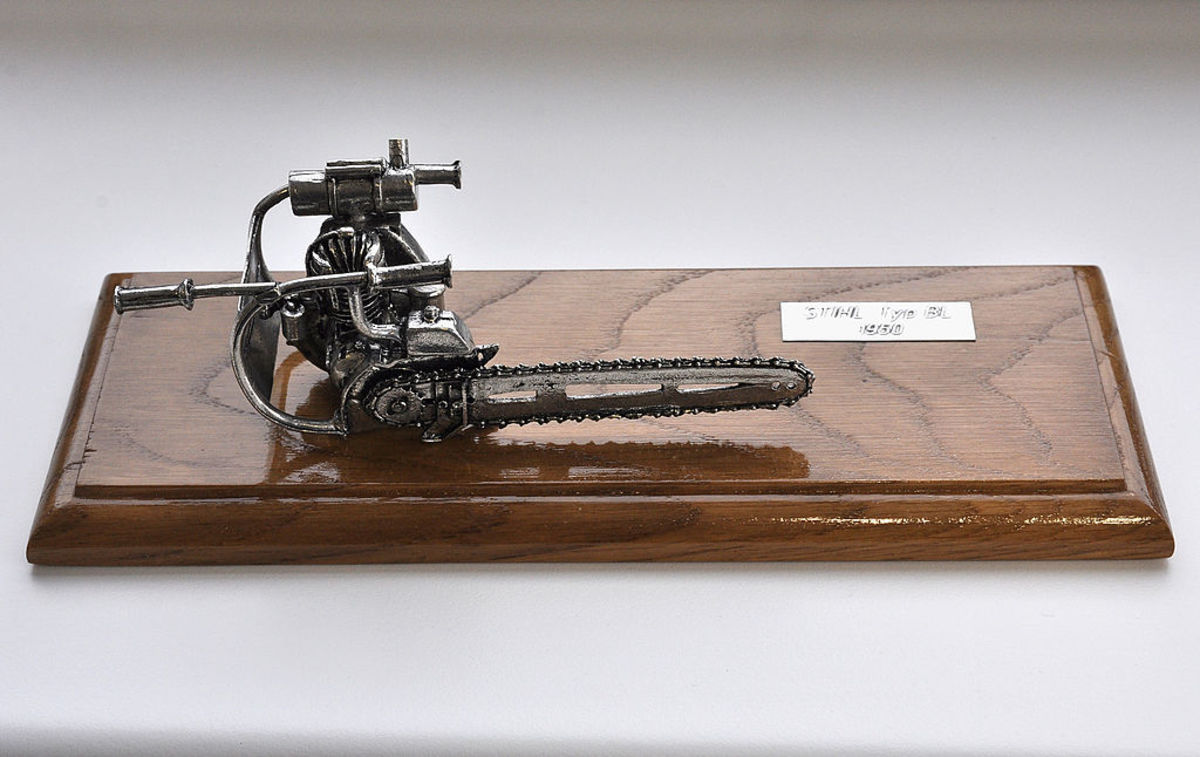
From Medical Marvel to Industrial Might: The Chainsaw’s Transformation
Despite the challenges faced in the medical field, the chainsaw’s potential found fertile ground in the timber industry. The early 20th century saw inventors like James Shand, Andreas Stihl, and Emil Lerp revolutionize the logging industry by developing portable, power-driven chainsaws. These early models, powered by electricity or gasoline, offered a significant advantage over traditional manual methods. They not only increased efficiency by allowing for faster tree felling and timber harvesting, but also improved safety for loggers who previously relied solely on axes and saws. The introduction of chainsaws into forestry marked a turning point, forever changing how humans interacted with and managed their natural resources.
Beyond Lumberjacks: The Diverse Applications of Chainsaws
The image of a burly lumberjack wielding a chainsaw in the forest is a powerful one, but the tool’s applications extend far beyond the logging industry. Chainsaws play a crucial role in disaster relief and emergency response. First responders rely on them to clear debris after storms, earthquakes, and other natural disasters, creating access routes and rescuing individuals trapped under fallen trees or collapsed structures. Furthermore, specialized chainsaws have found their place in artistic expression. Sculptors and artists utilize the power and versatility of chainsaws to create impressive and intricate wooden sculptures, showcasing a surprising artistic side to this often-industrial tool.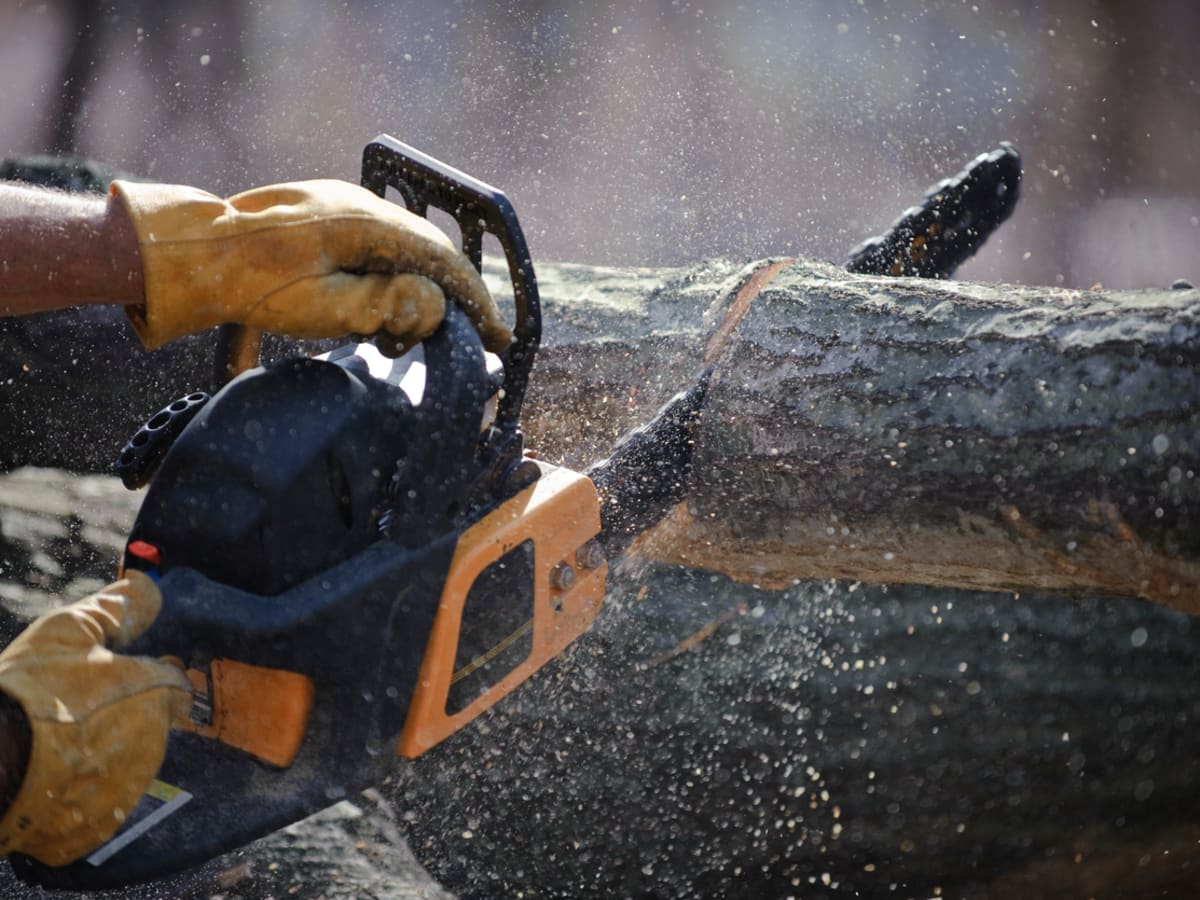
A Legacy of Innovation: The Evolution of Chainsaw Design
The chainsaw’s design has undergone a remarkable transformation, reflecting advancements in technology and changing demands over the years. The earliest models, like the Aitken-Jeffray chainsaw, were entirely manual, requiring significant effort to operate. The introduction of electric and gasoline engines in the early 20th century revolutionized chainsaw use, offering greater power and portability. However, these early models were often bulky and heavy, sometimes requiring two operators for tasks demanding greater power.
The post-war era witnessed a shift towards lighter, more user-friendly designs. Engineers focused on ergonomics, incorporating features like vibration reduction and improved handle placement to enhance comfort and control. Modern chainsaws are marvels of engineering, boasting powerful engines, automatic chain lubrication systems, and safety features like chain brakes and kickback protection. This evolution reflects a commitment to making chainsaws not only more powerful but also safer and easier to operate.
Furthermore, the development of specialized chainsaws caters to specific tasks within various industries. Forestry professionals utilize heavy-duty chainsaws designed for felling large trees, while arborists employ lighter models for pruning and branch removal. Specialized carving chainsaws with smaller blades and finer cutting teeth offer artists greater precision and control for creating intricate sculptures. This continuous innovation in chainsaw design ensures the tool remains relevant and adaptable to evolving needs across diverse applications.